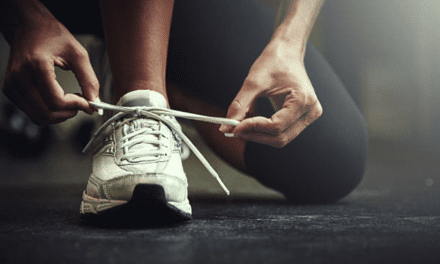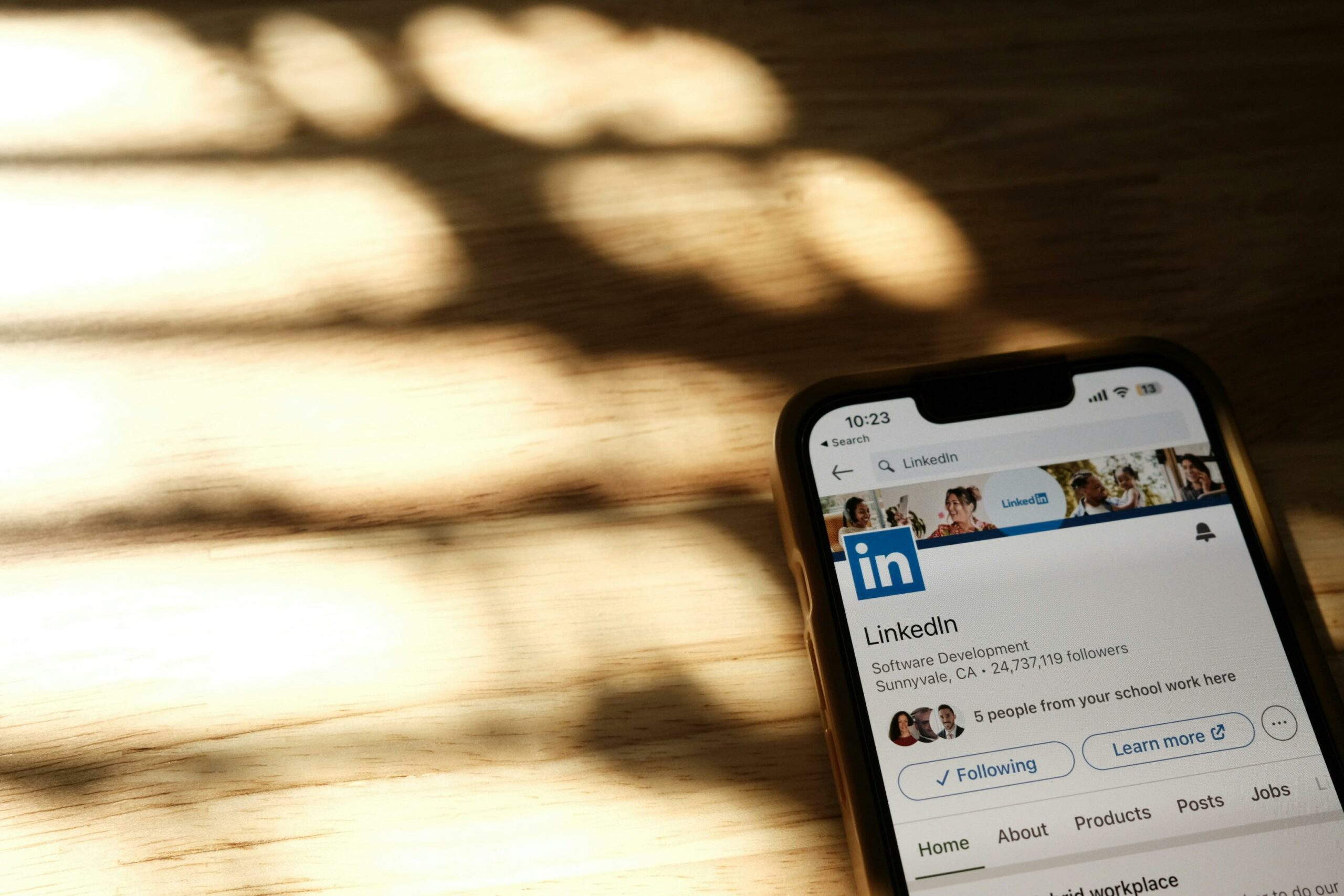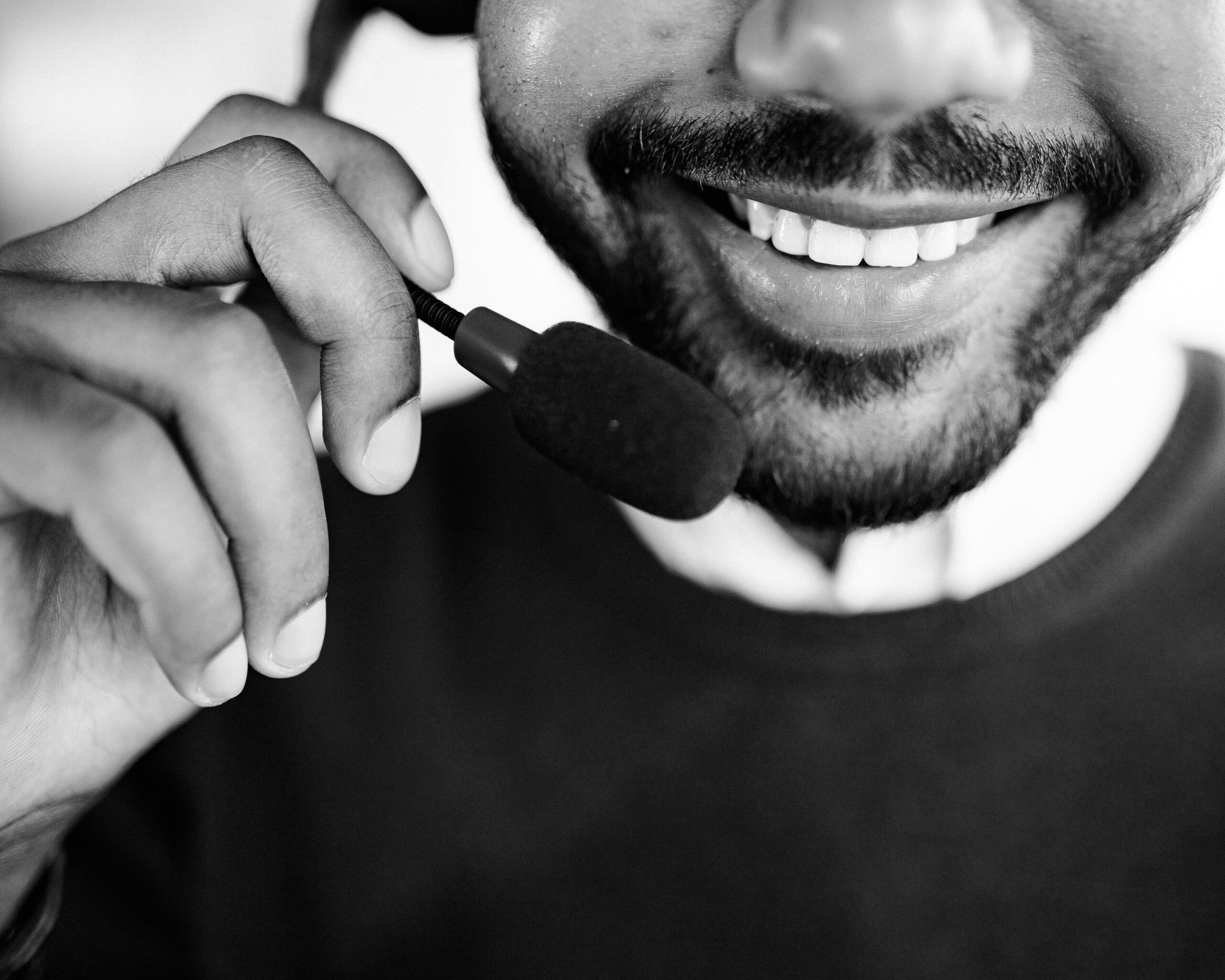It does not matter whether you sell camping gear, financial services, or eco-friendly clothing, one of your main goals is to convert as many leads into sales as possible. This is what conversion rate optimisation is all about. Often shortened to CRO, conversion rate optimisation is something that no business can afford to overlook today. Not only does it help you to improve your bottom line, but it will save costs, empower your marketing team, and increase the efficiency and sales of multiple marketing channels at once.
What is Conversion Rate Optimisation?
To understand conversion rate optimisation, you first need to understand what a conversion is. A conversion is a general term to describe when a website visitor completes a site goal. The most common example of this would be when someone completes a purchase via your online store. However, conversions do not only relate to purchases. They come in all shapes and sizes, for example, signing up for your newsletter.
Conversion rate optimisation, therefore, is the systematic procedure of increasing the percentage of your site visitors who take a desired action, whether this means becoming a customer, filling out a form, or something else. CRO involves understanding your users and how they use your site, the actions they take, and what is currently preventing them from completing your goals.
Data forms the basis of any CRO campaign
To run a successful CRO campaign at your business, your conversion rate optimisation must be based on data. After all, if you do not know what your users are currently doing on your website, how are you going to be able to improve your site so that you can encourage them to take a certain action?
Data has to be used at every step of your conversion rate optimisation process to ensure there is a positive impact on your bottom line.
The top of the funnel is your first concern
Before you can start encouraging website visitors to take certain actions on your website, you need to ensure you are getting a significant number of site visitors to begin with. Therefore, this should always be your first concern.
Your top of funnel needs to be set up. This means that you need to be getting enough visitors to your website, ensuring they are reaching your product and category pages. If you do not have a lot of visitors, CRO is not going to do a lot for you.
How do you set up an effective CRO campaign?
If you are getting a good amount of traffic to your site, but you are not getting a large number of conversions, this shows that you are ready for conversion rate optimisation. There are three critical steps here:
1. Create an A/B Test
This is the first step. You need to create an A/B test once you have the data you require for a specific part of your marketing funnel you want to optimise or a certain page on your website. You can use software to do this. Optimizely and Google Optimizer are both good options.
2. Run the A/B Test
Once you have created the A/B test, it is time to put it to good use. When it is launched, you will need to ensure that you have plenty of time to gather all of the data that is required. The amount of time that is needed is going to depend on the quantity of traffic that is visiting your site at the moment.
3. What Do the Results Tell You?
Finally, you need to assess the results so you can determine the course of action that is required for you to boost your conversion levels. If the variation you made was a failure, don’t give up. The whole point of this testing approach is to keep learning so you can continue to make improvements. It is a never-ending cycle.
So there you have it: an insight into conversion rate optimisation. We hope that the information that has been provided above has helped you to get a better understanding of conversion rate optimisation (CRO) and how it applies to your business. If you would like to make sure that your conversion rates are high, please do not hesitate to get in touch with us today for more information. We can devise a strategy that helps your business to reach new heights.













